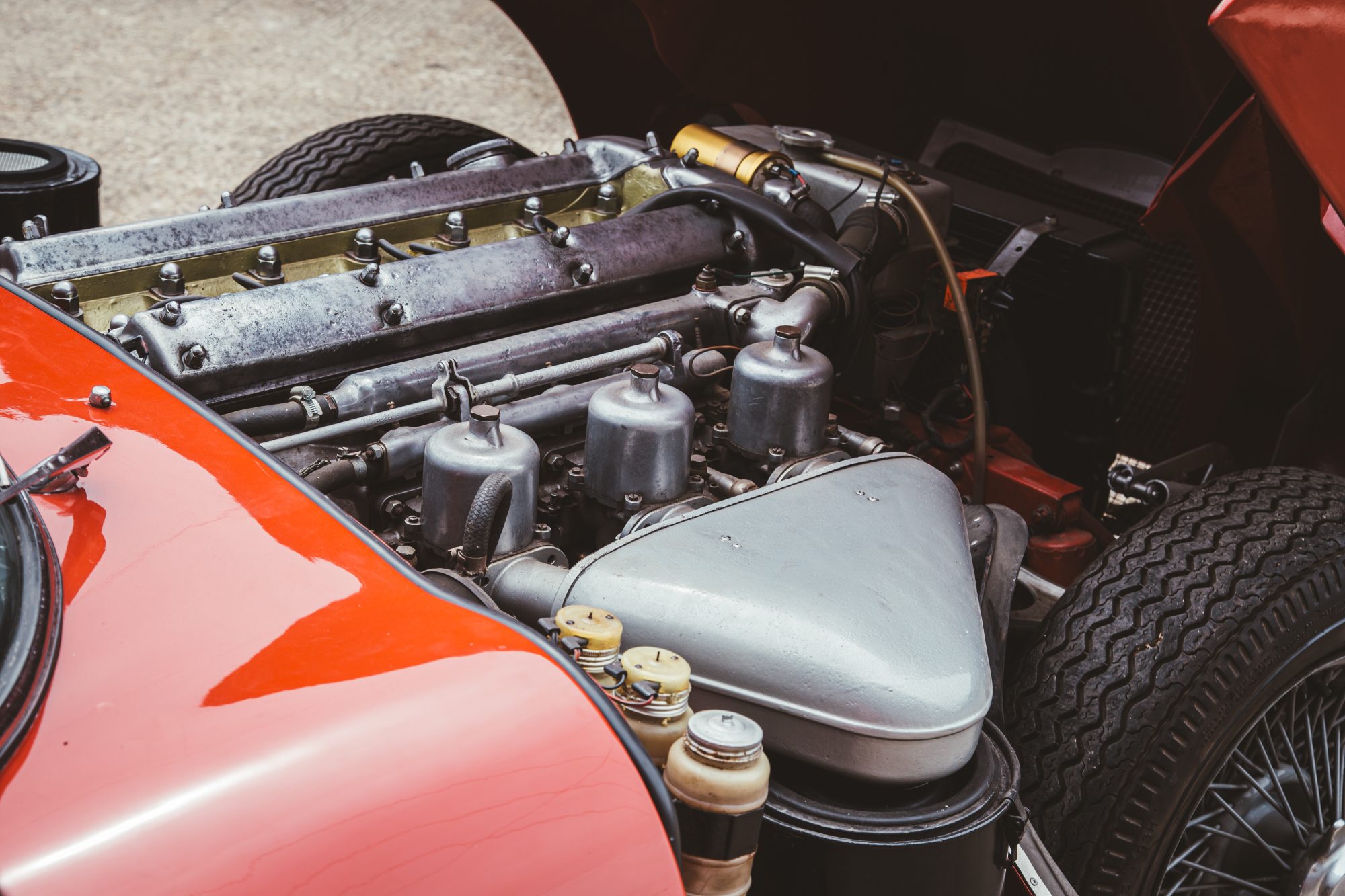
Our technician Jon has been diving deeper into the 1962 Jaguar E-Type Series 1 Coupe currently in our care for its new owner.
As part of the appraisal process, he has drained the engine of oil and all fluids along with removing the oil filter to inspect. As part of removing the fluids, the team remove drain the fuel tank to inspect the fueling side of the car.
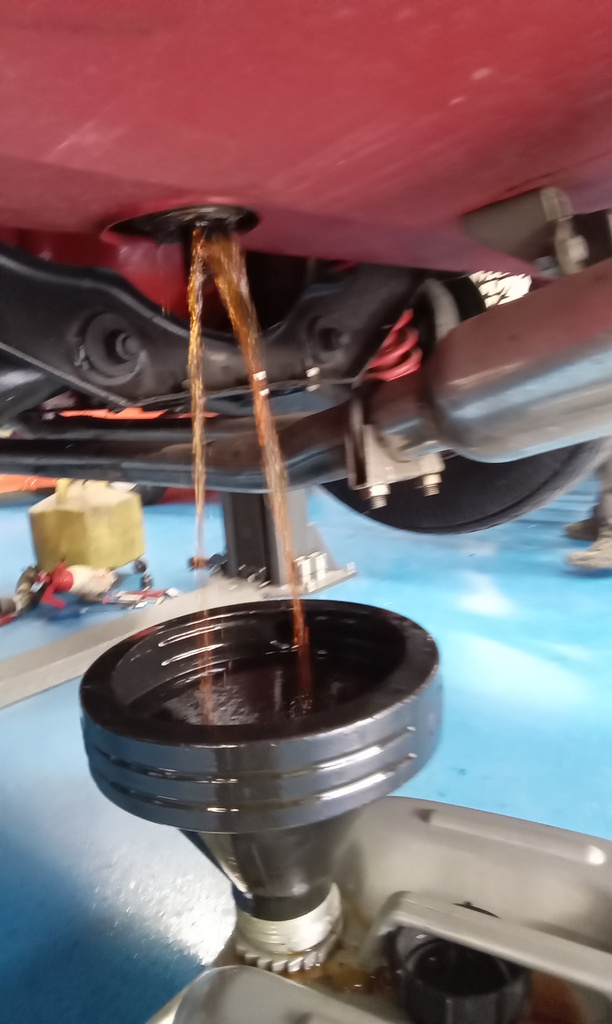
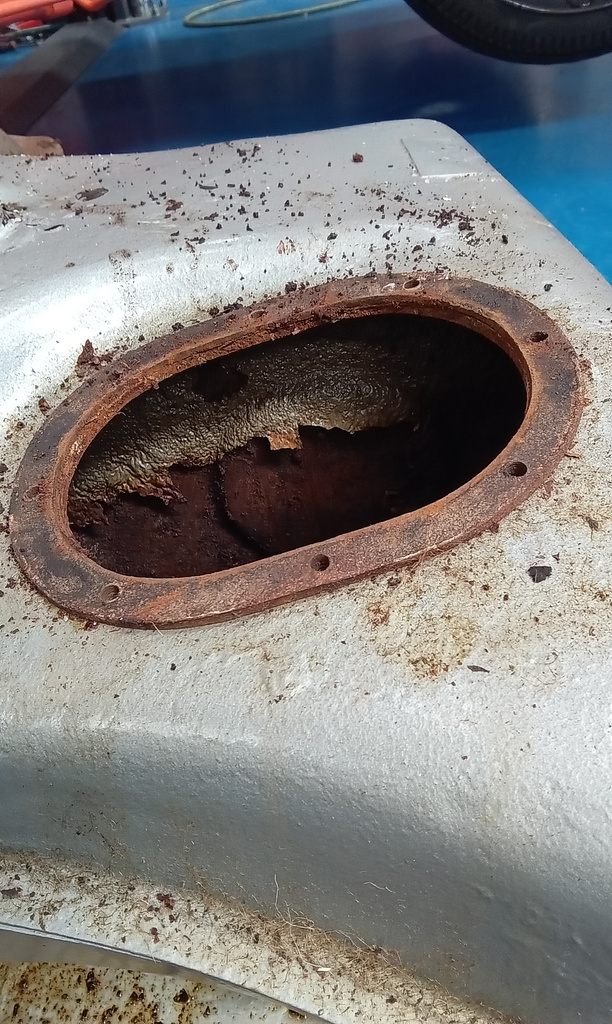
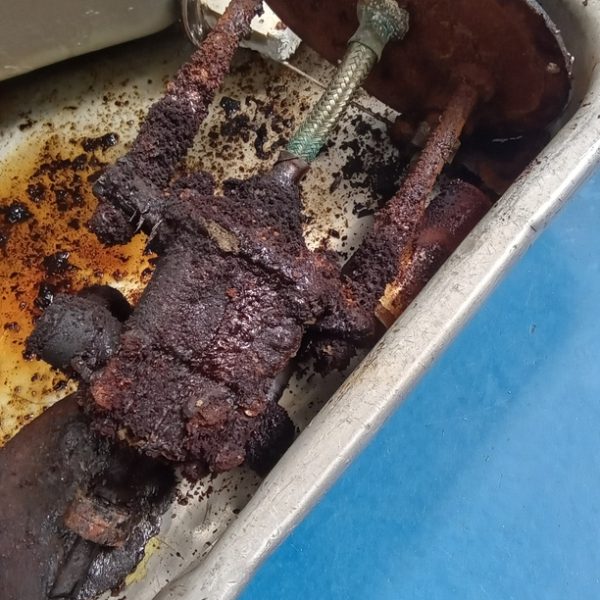
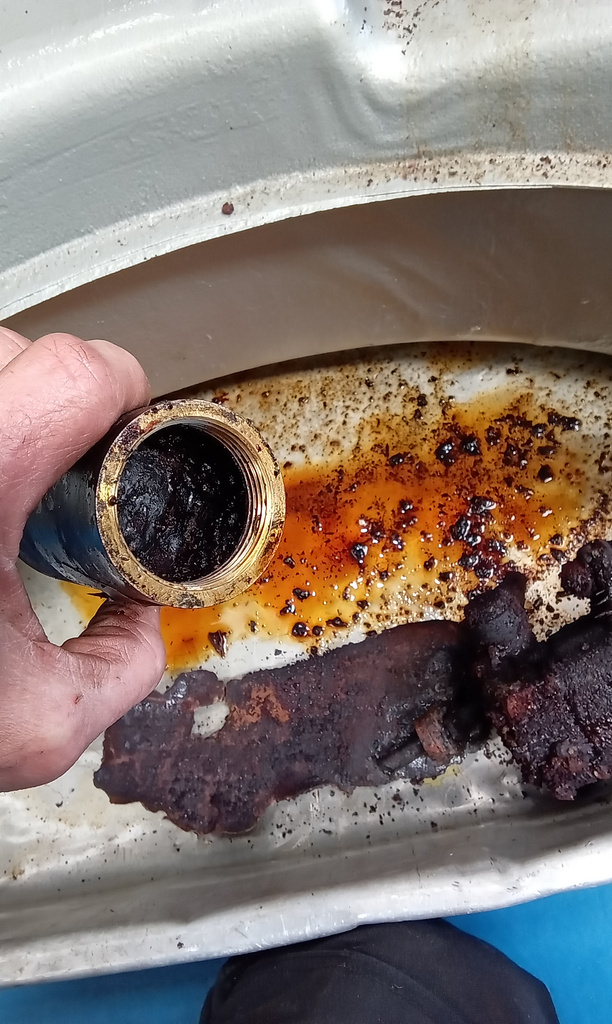
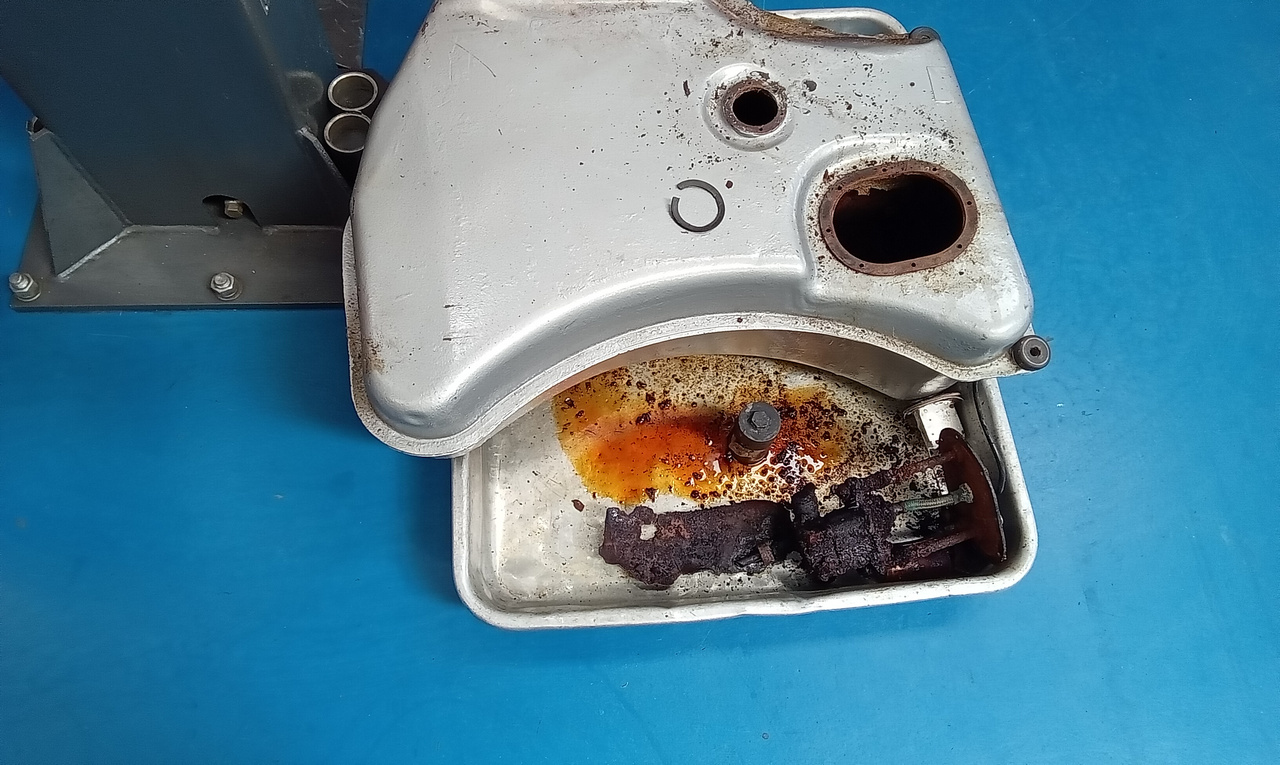
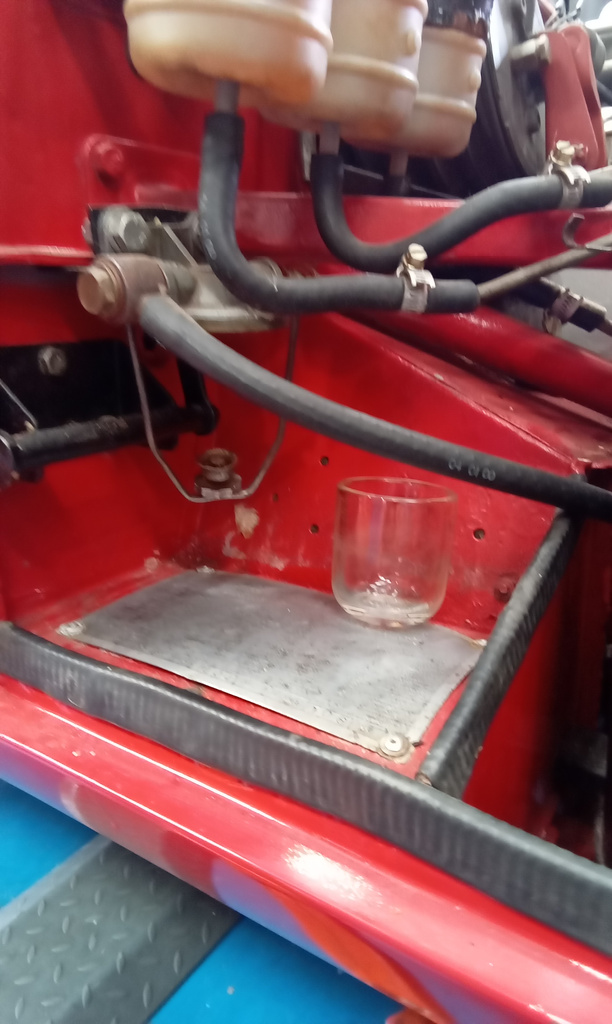
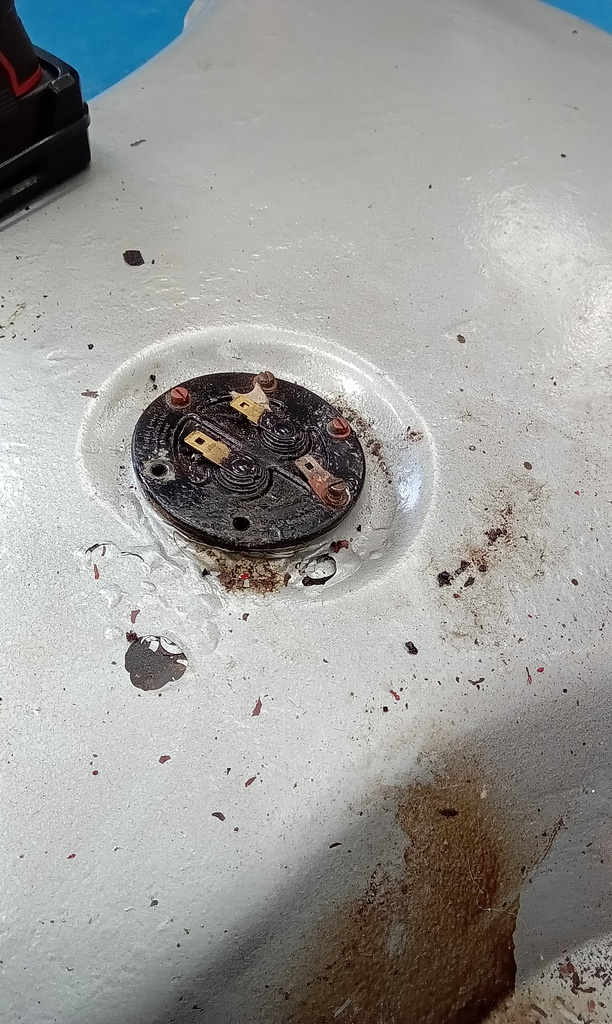
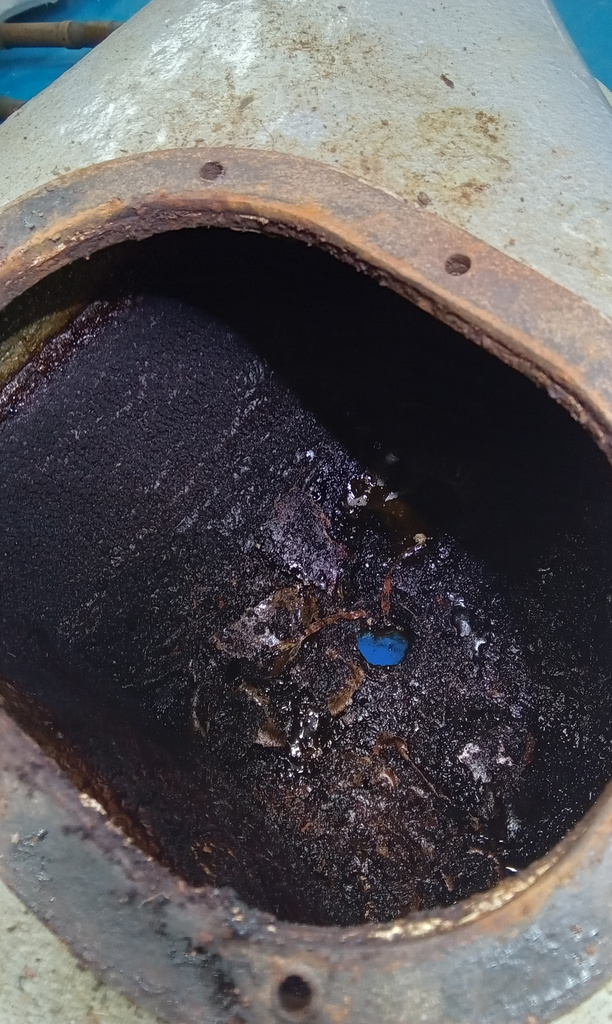
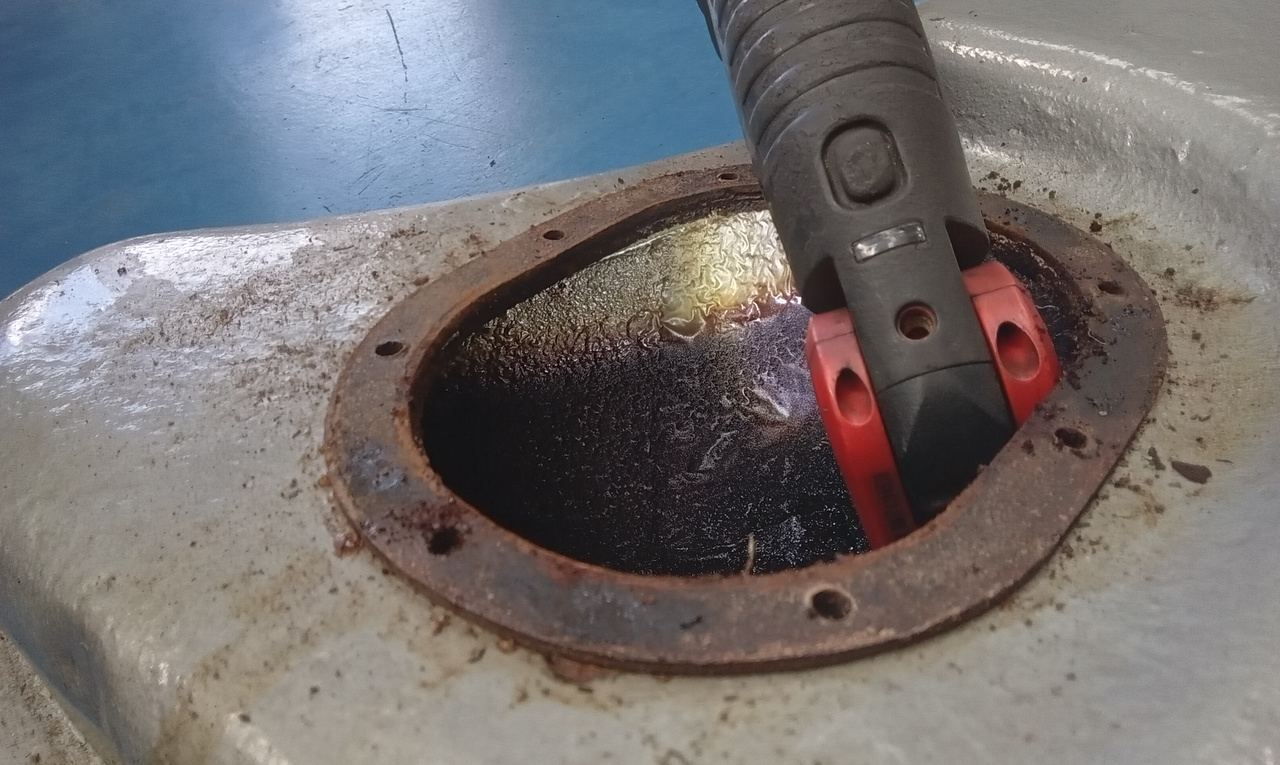
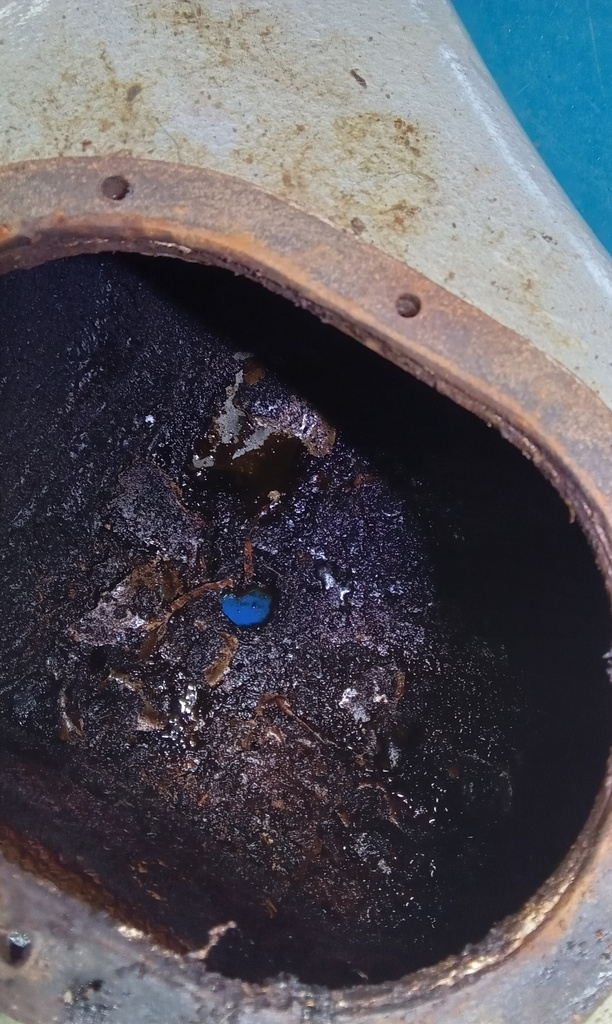
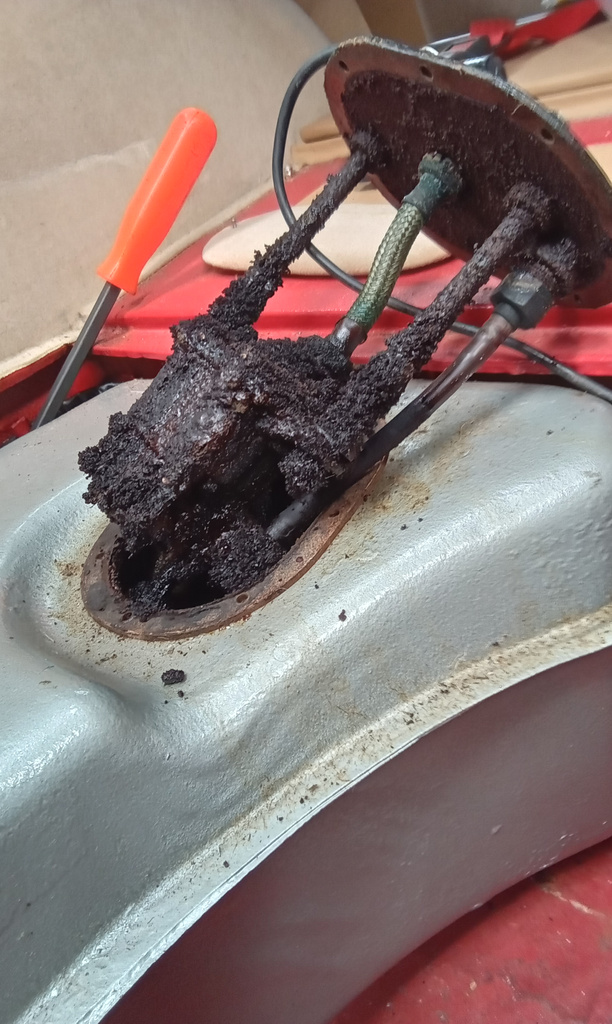
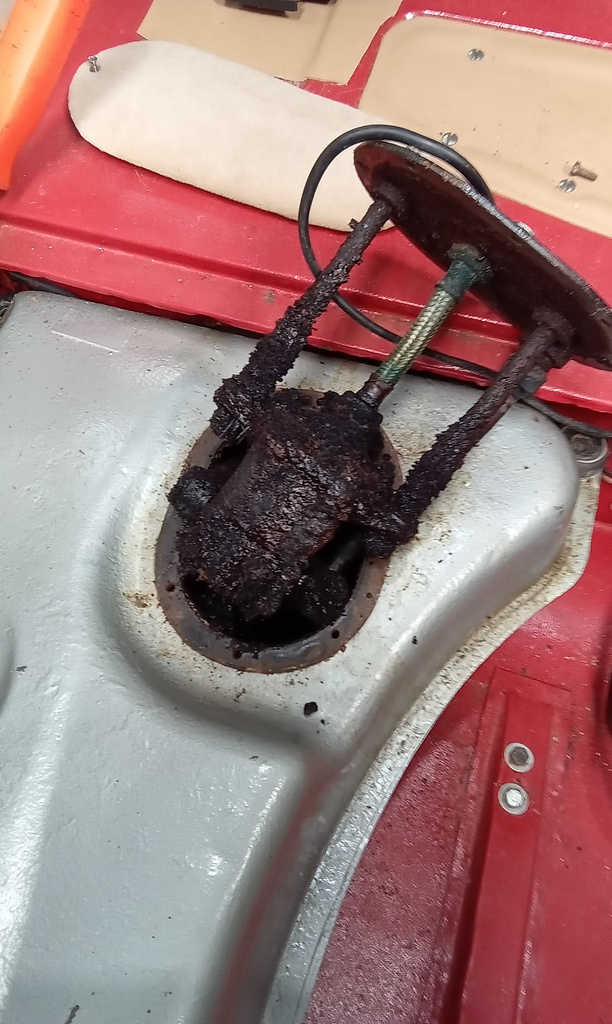
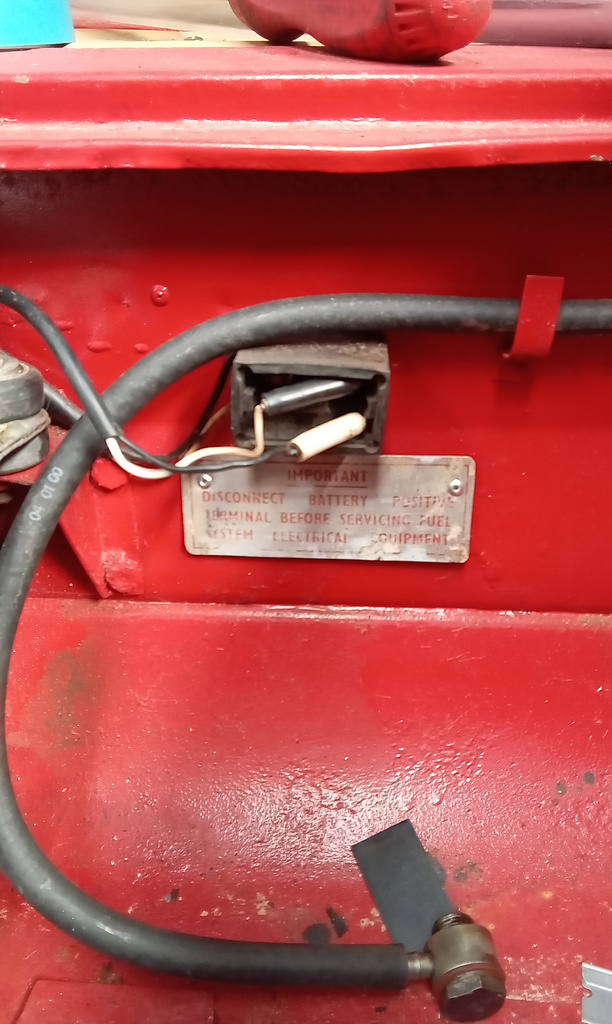
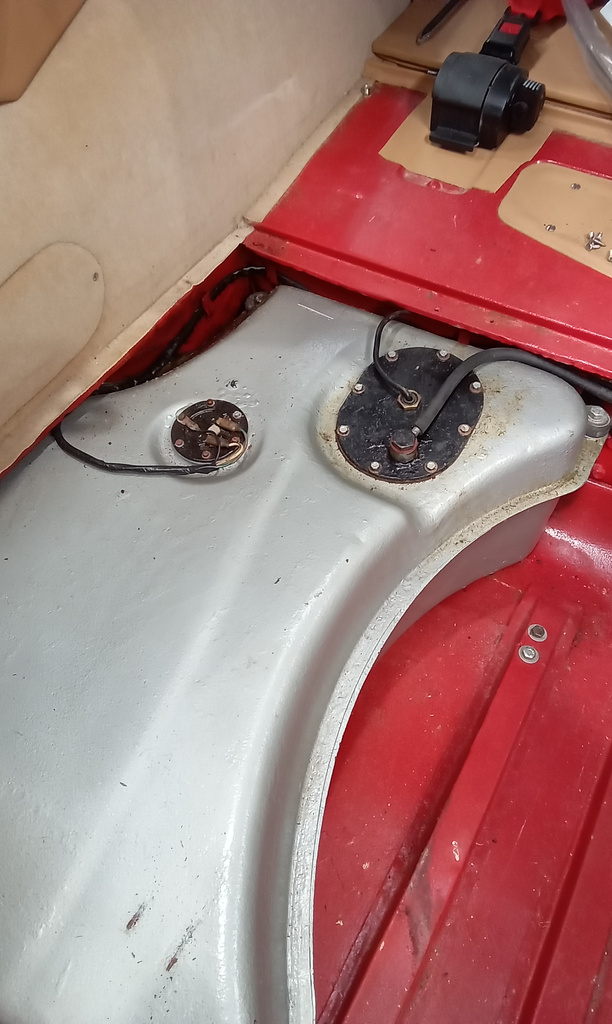
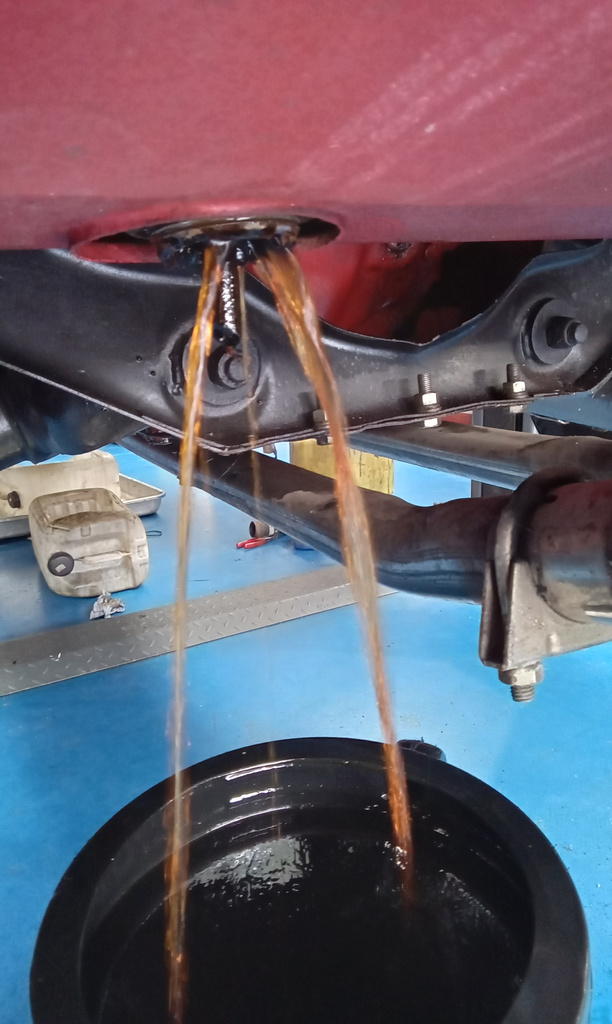
Because of the car being sat for an extended period of time (multiple decades it would appear by the paperwork) the corrosive nature of the fuel left in the tank has wreaked havoc. When Jon removed the sediment filter, which also allows the fuel tank to drive, it became apparent that the fuel had spoiled whilst in there. In Jon’s own words ”Fuel more like paraffin”. With the tank drained, it could then be removed and allow Jon to strip down the tank of its sender unit and pump. After inspecting these components, his opinion is that these components will need complete replacement and cannot be recommissioned, as he reports ”All fuel system items require replacement”.
Then, Jon could go under the bonnet to remove the fuel sight glass and blow through the fuel lines with compressed air to clean through any sediment or debris which could be lurking inside the fuel system.
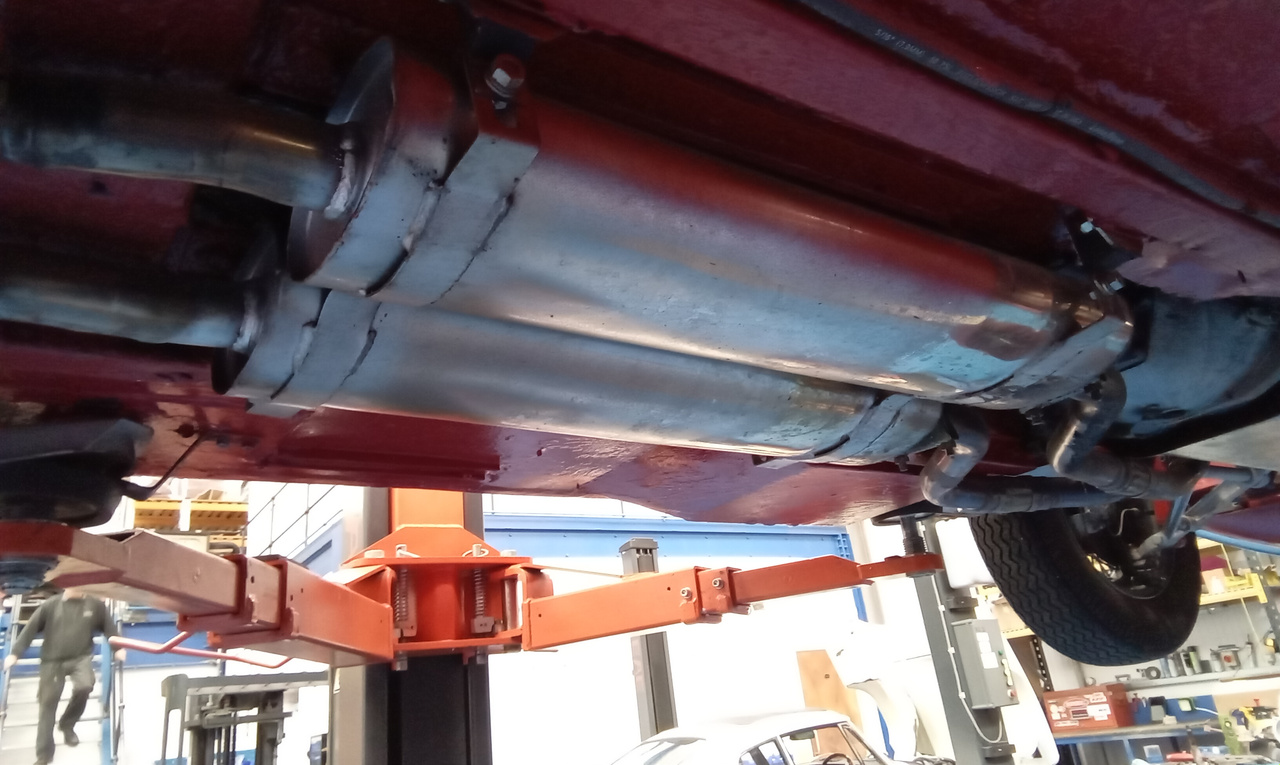
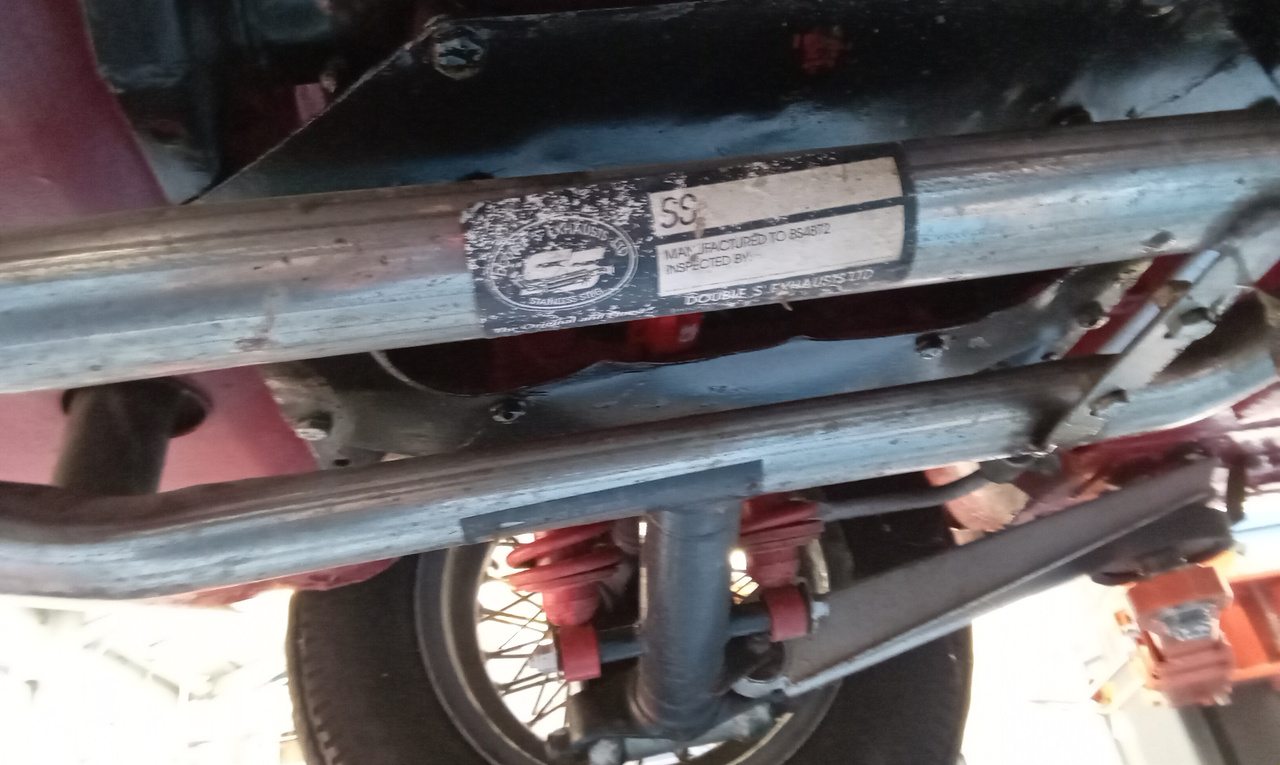
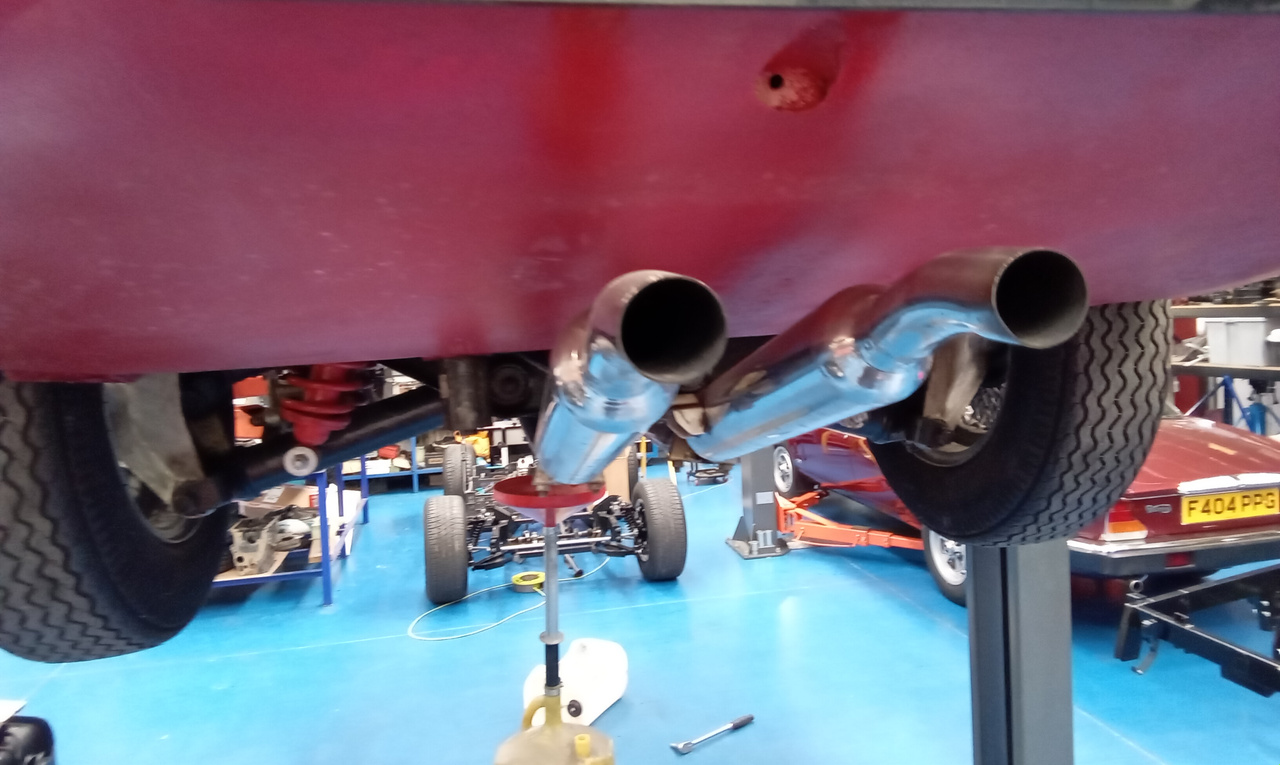
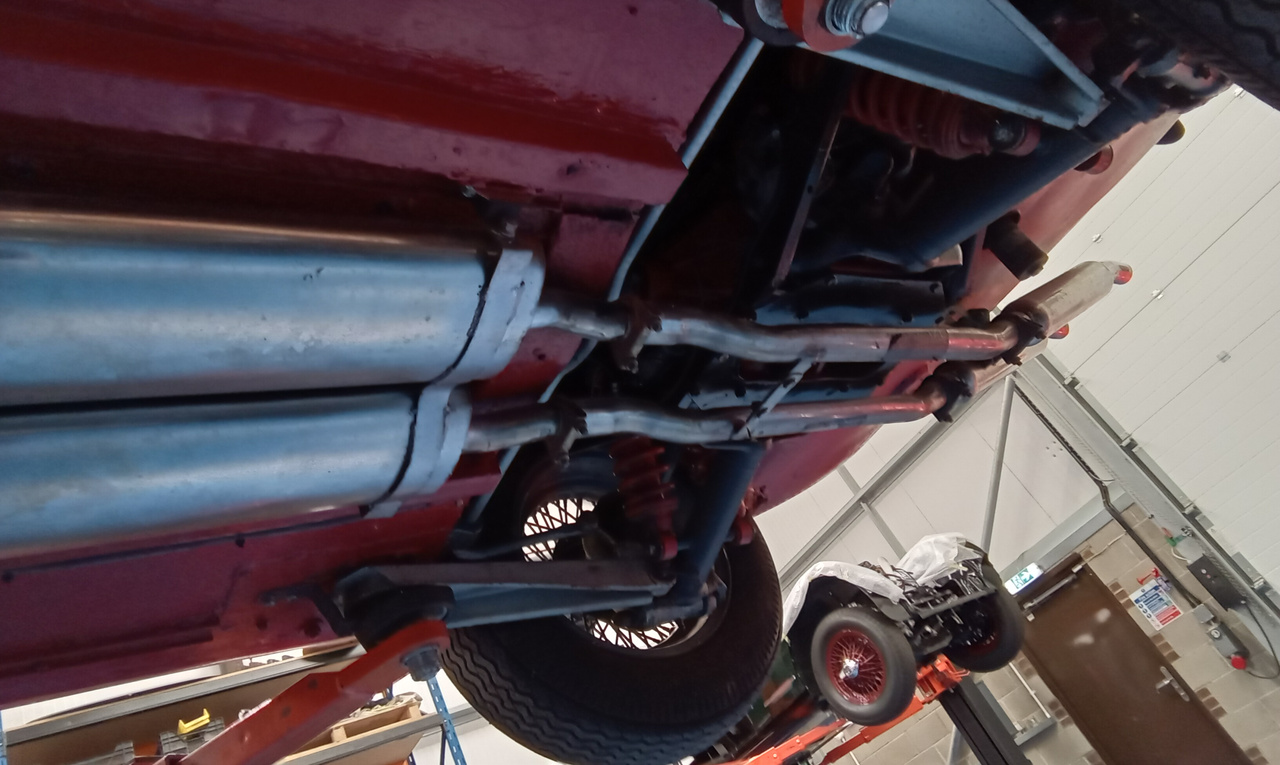
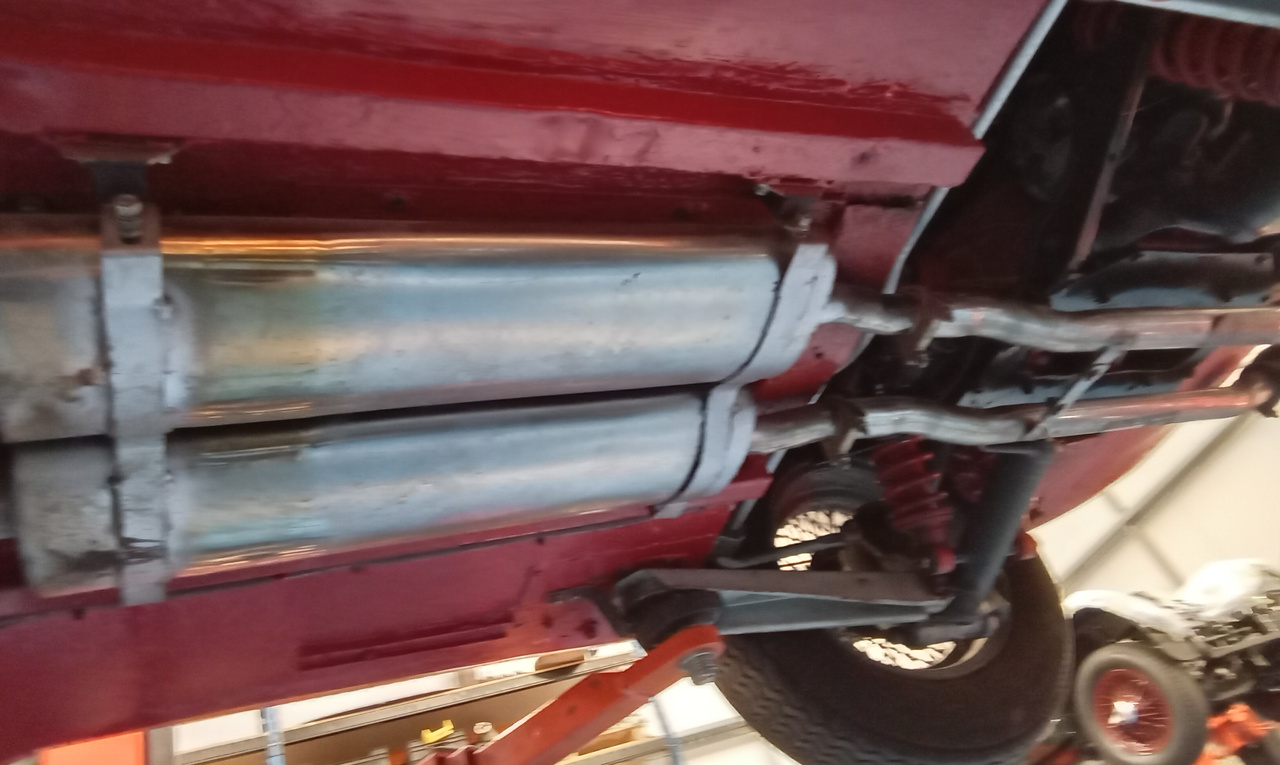
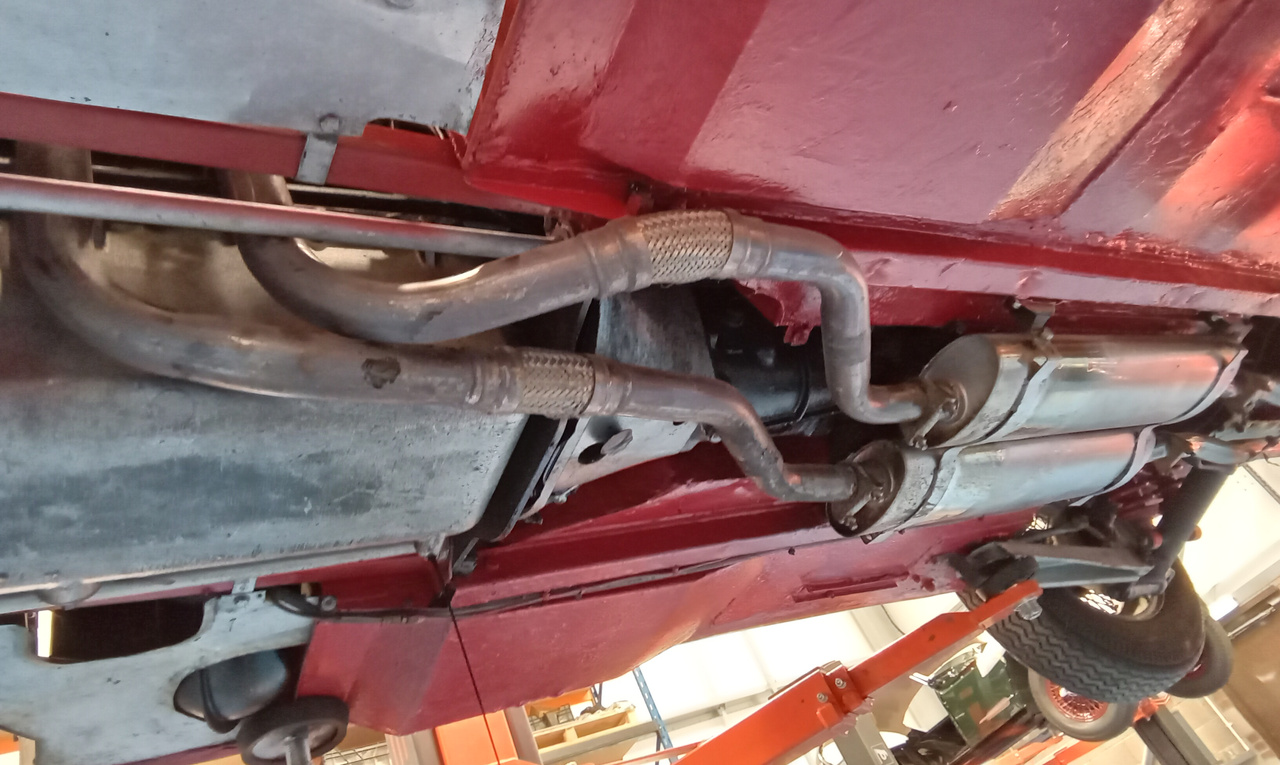
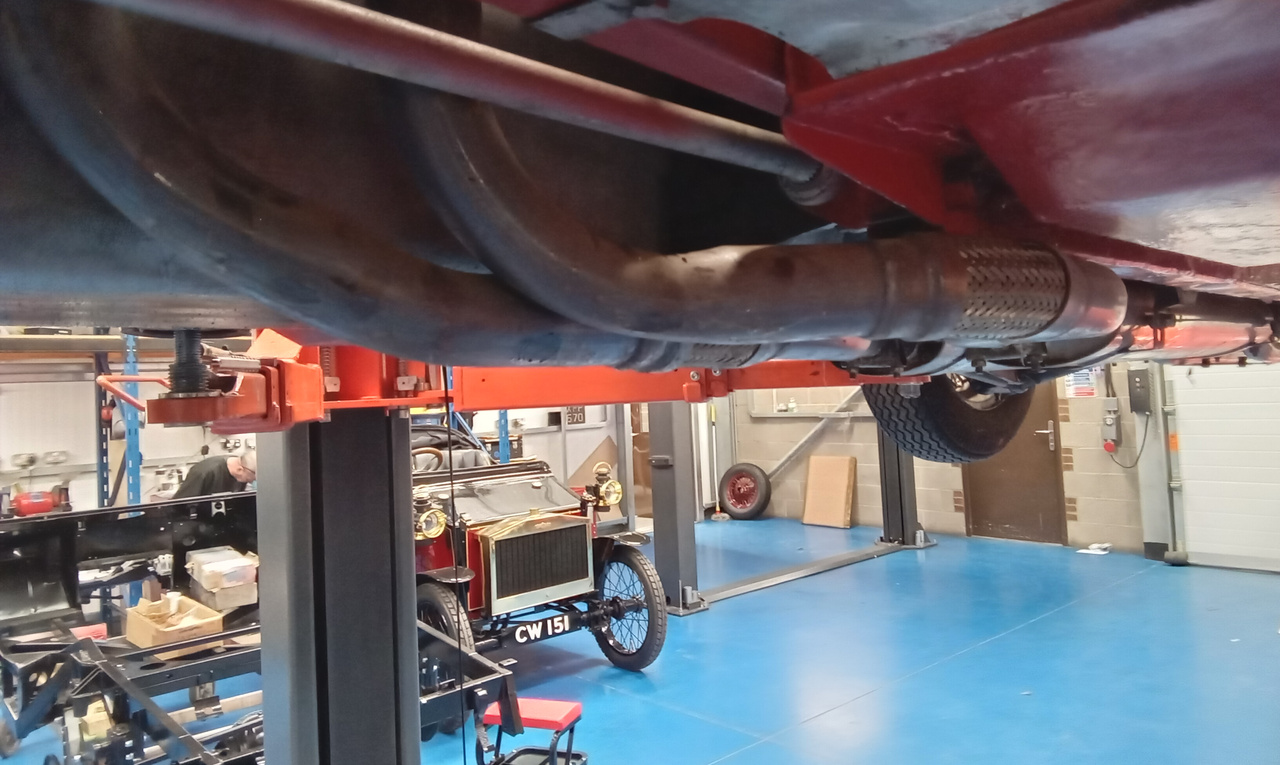
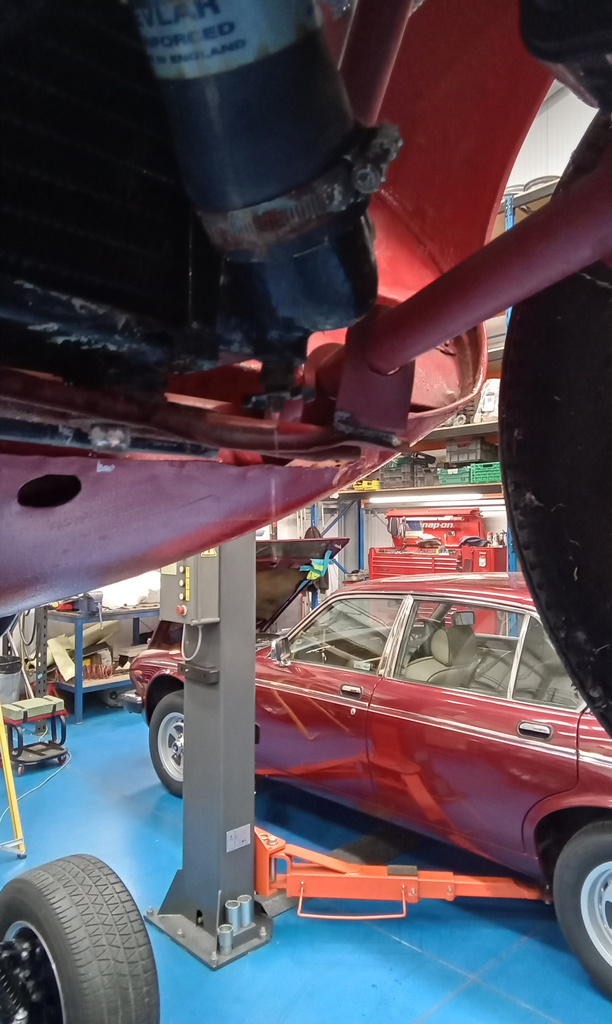
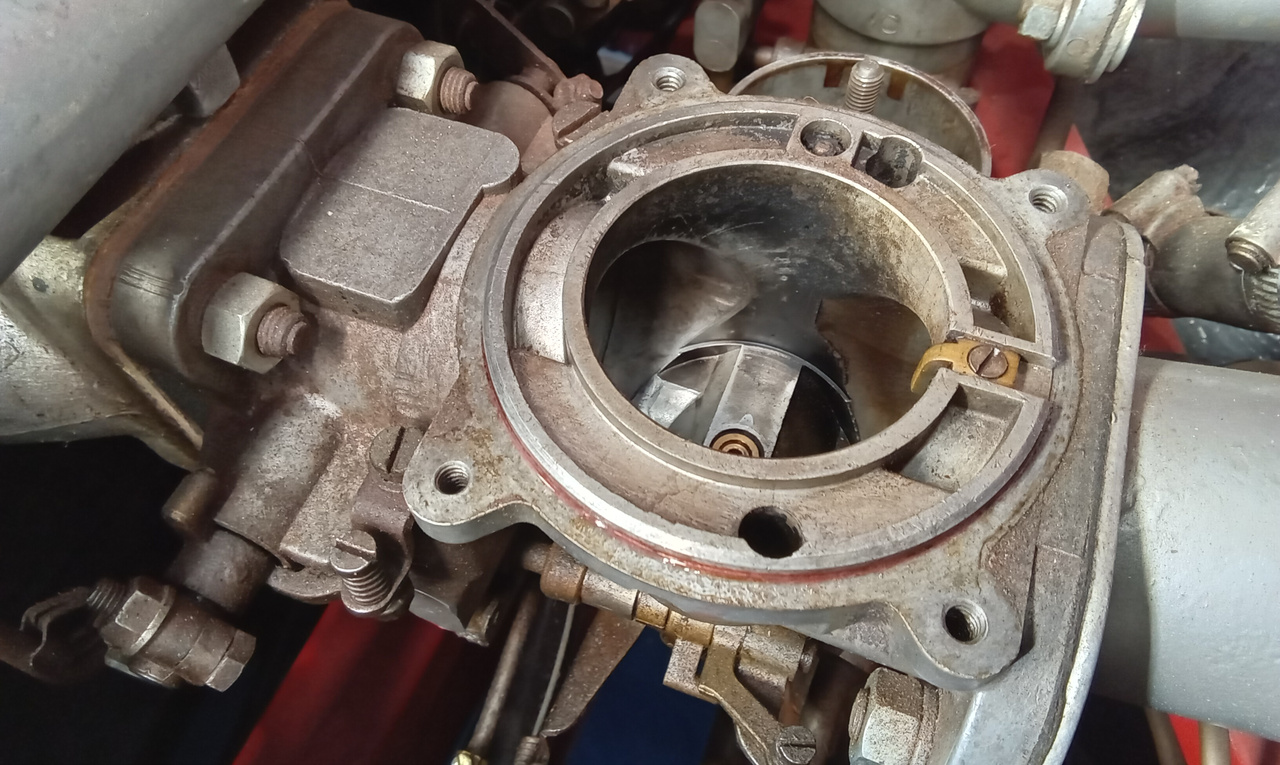
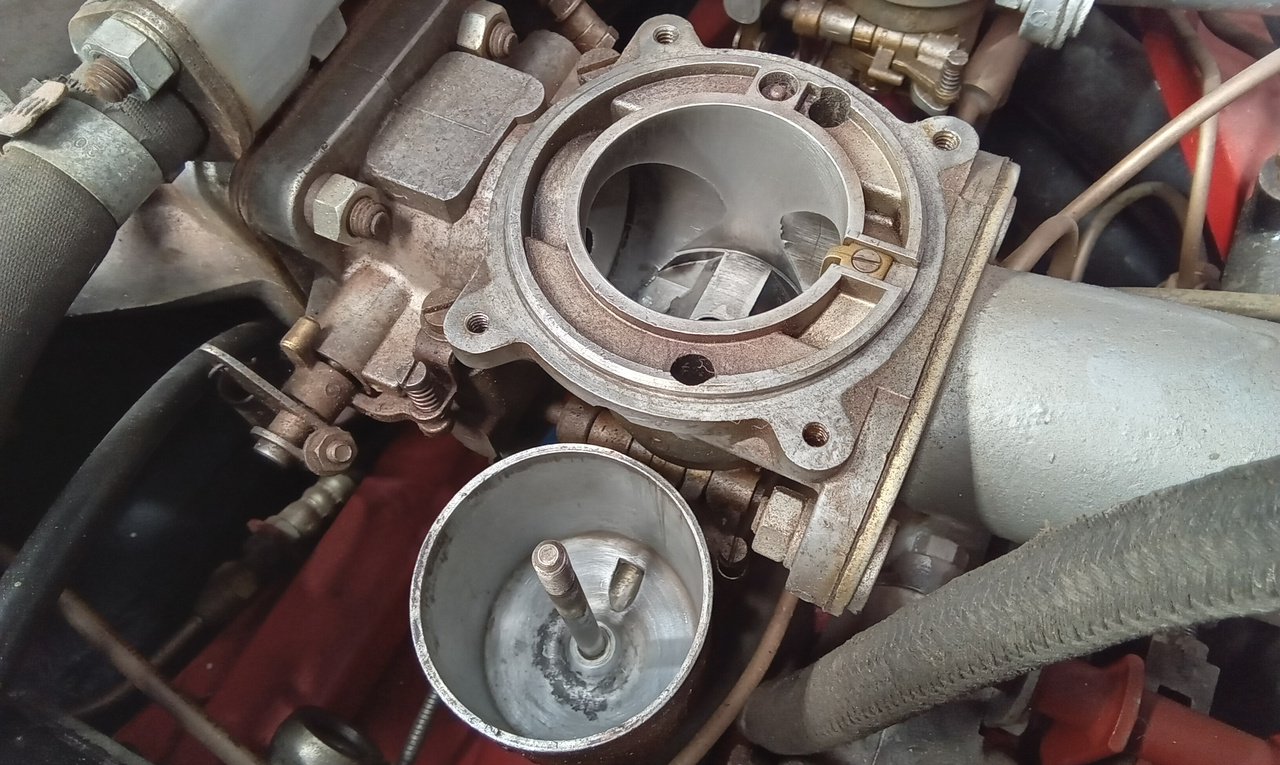
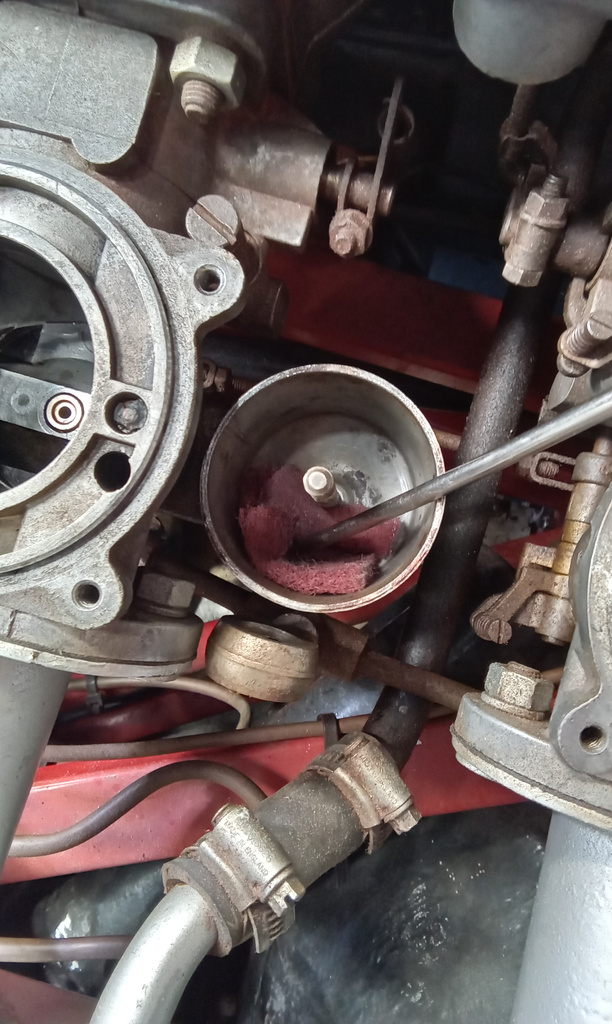
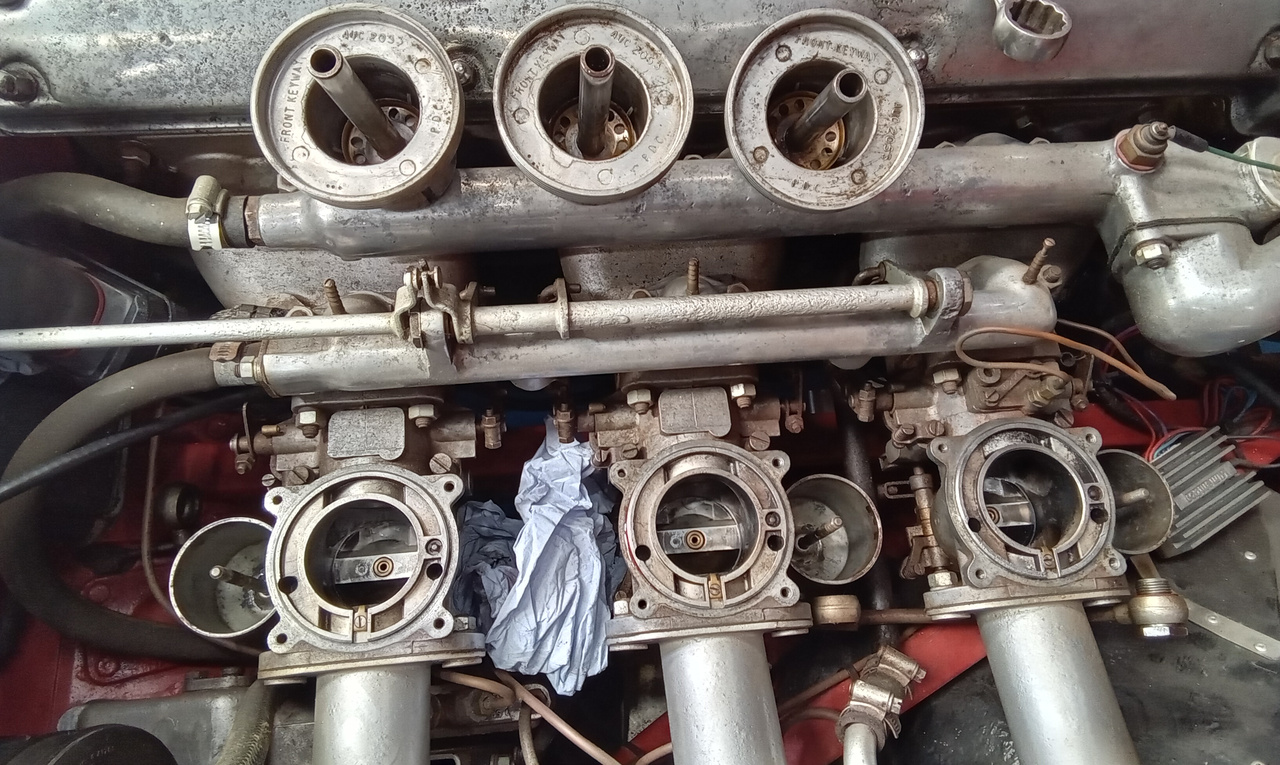
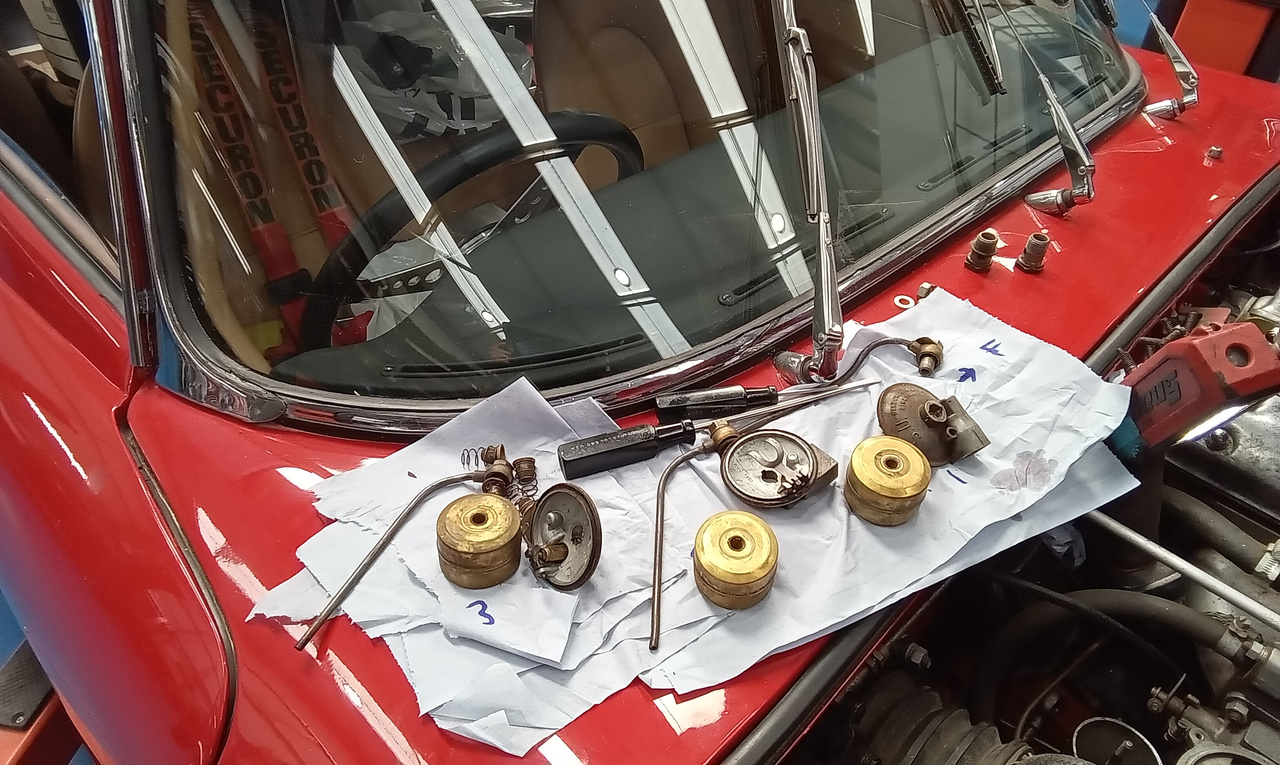
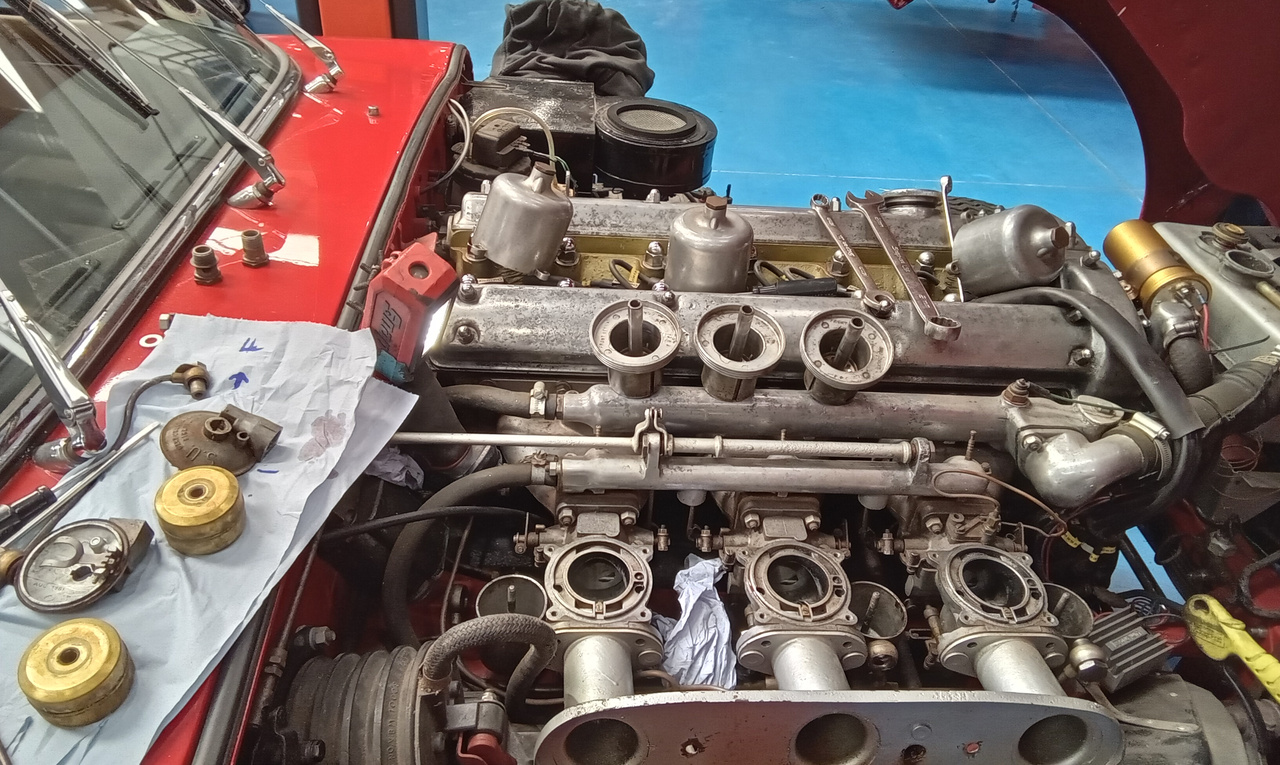
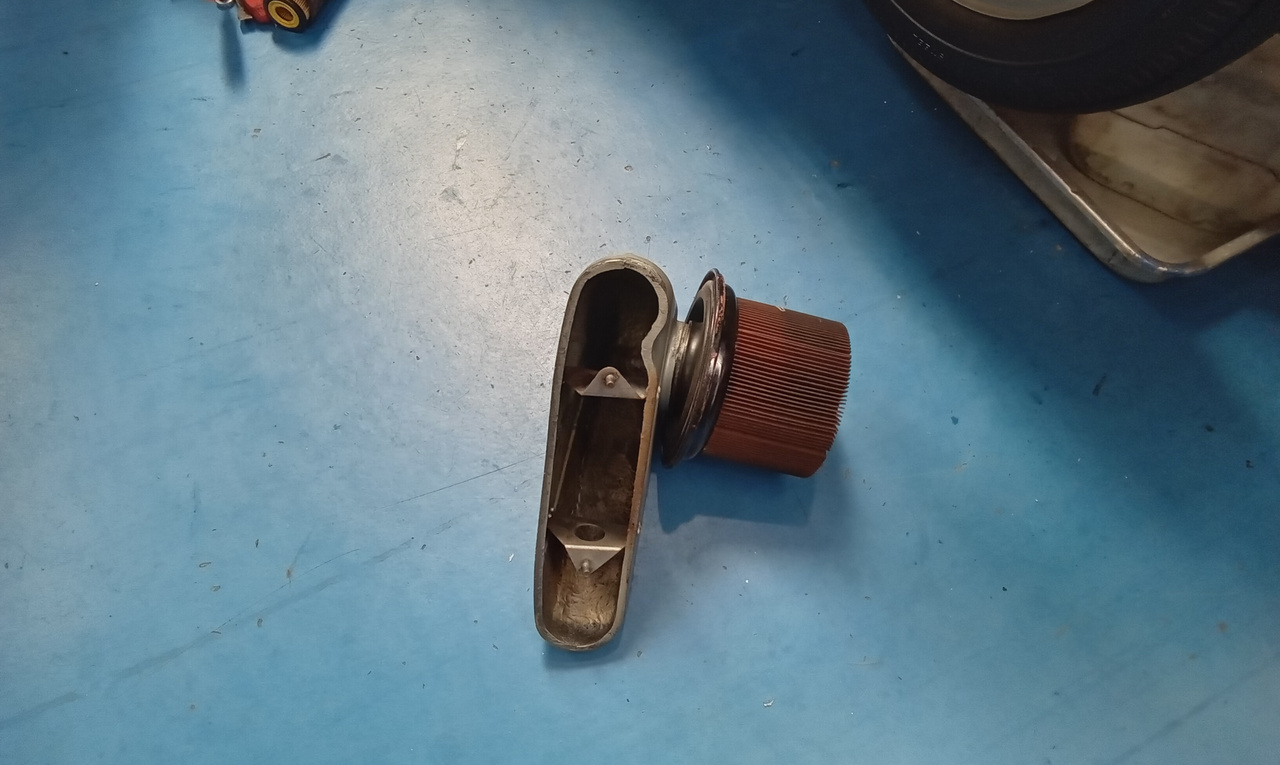
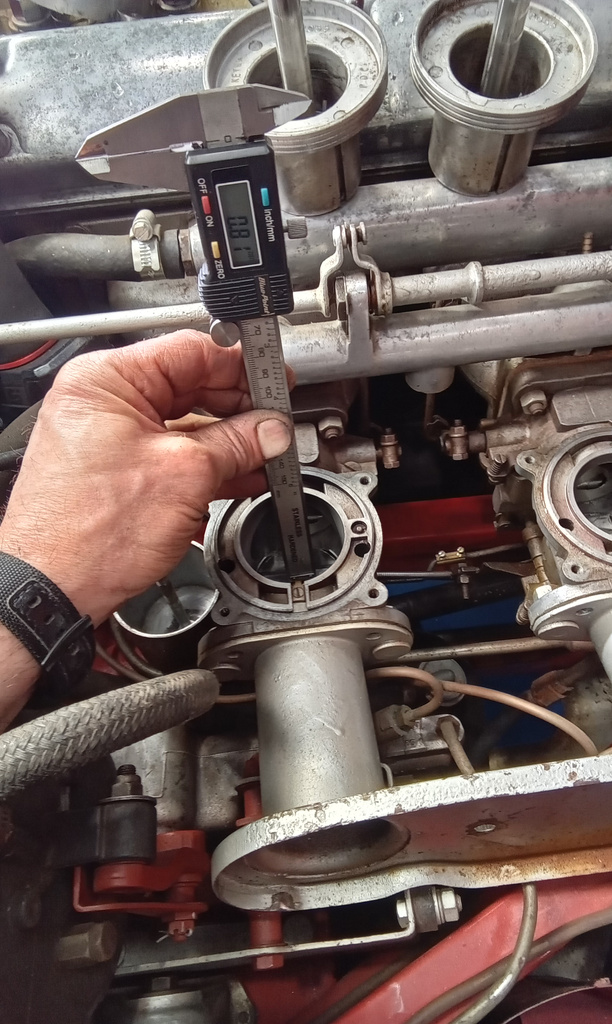
Jon then began work on tearing down the carburettors on the Jaguar’s straight-six. Beginning with cleaning out the float bowls and then could clean out all of the jets and bridges to make sure that again, no sediment or debris had found their way into the carburettors.
Jon then went through his check lists of resealing the engine with all its various sumps and bungs before cleaning down and continuing on with the carburettor rebuilds.
Once completely stripped down and cleaned, Jon then used vernier gauges to set the static depths of the carbs to their base specifications, and reusing components where possible, in preparation for the team to begin testing ignition and compression once the fueling system has been resolved.
